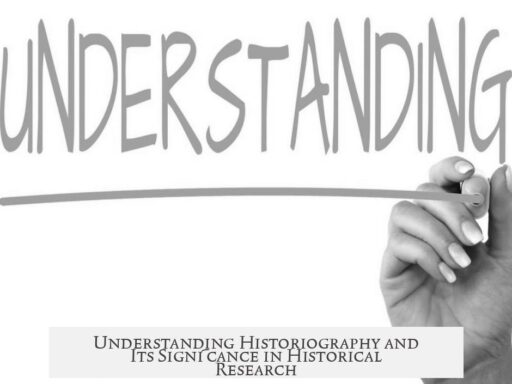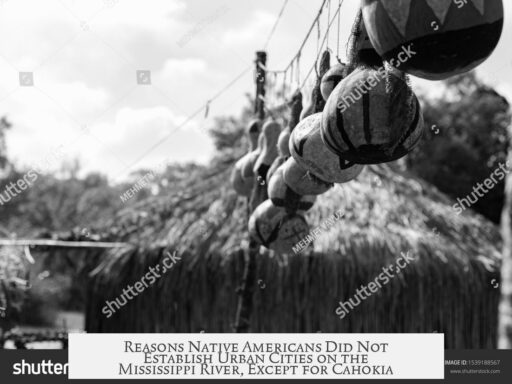Had Pol Pot succeeded in transforming Cambodia into a classless agrarian society, he intended to defend it by first modernizing its industrial base and military capabilities through a systematic plan reliant on agricultural self-sufficiency and capital accumulation.
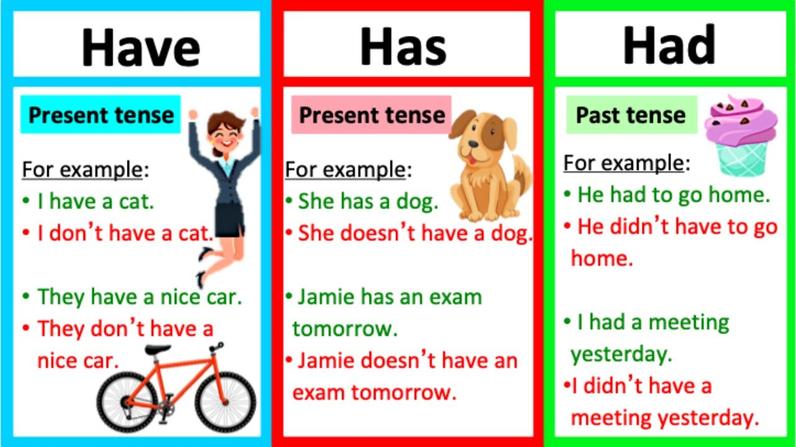
The popular belief that the Khmer Rouge aimed to return Cambodia permanently to a pre-modern, rural existence is a misconception. The so-called “Year Zero” concept is often misunderstood as a goal to revert Cambodia to a Bronze Age-like society. However, no Khmer Rouge document or leader, including Pol Pot, ever officially declared such a regressive aim. The forced evacuation of cities and collectivization of agriculture were not ends but means toward a far-reaching revolutionary future.
The Communist Party of Kampuchea (CPK) articulated their agenda as the moha lot phlah moha hah rumlong, or “super great leap forward.” This strategy aimed to transform Cambodia into an agriculturally self-sufficient, industrialized, and militarily strong nation, independent from foreign powers, whether capitalist or socialist. The ultimate objective was to protect itself from external military threats by becoming economically and technologically resilient.
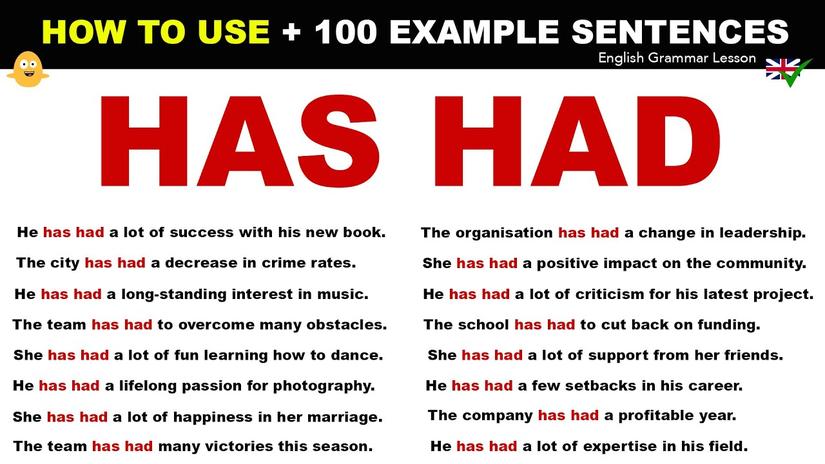
The Khmer Rouge identified rice as Cambodia’s chief economic export and the foundation of their development plan. Prior to their rule, Cambodia had a largely agrarian economy with minimal industrialization. Their policy was to collectivize agriculture utterly and mobilize nearly the entire population toward producing enough rice to feed the country and generate export revenue. This was seen as essential to fund industrial and defense growth.
The Khmer Rouge’s Four Year Plan to Build Socialism In All Fields (1976) clearly outlines this progression:

- Accumulate capital via agriculture, primarily rice production.
- Use surplus capital to rapidly expand light industry and then heavy industry.
- Develop infrastructure, including transport, communications, civil aviation, and other technology sectors.
- Strengthen national defense capabilities as capital and industry grow.
This approach highlights that agriculture was the base for building a modern Communist state capable of economic self-reliance and military strength. Collectivization, harsh though it was, aimed to generate the resources for industrial and technological development.
On the defense front, the Khmer Rouge rapidly prepared for military conflict. The regime sought substantial military aid from China, their main ally and benefactor. Public displays of military power, with parades showing as modern an army as possible, signaled their desire to project strength despite technological disadvantages. Their forces utilized guerrilla tactics initially, but the long-term plan was to modernize and equip a conventional defense force supported by domestic industries.
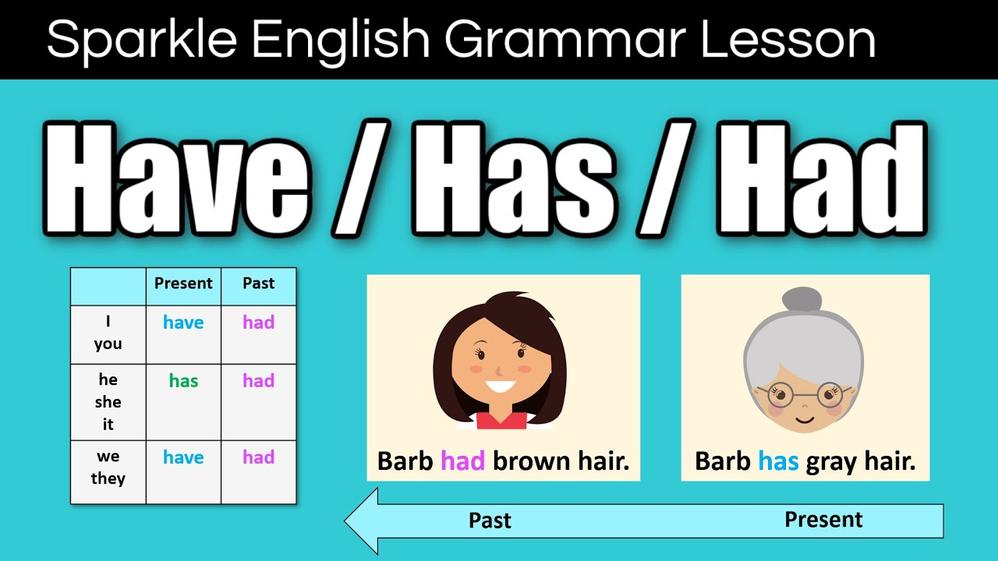
Internationally, Cambodia under the Khmer Rouge sought to leverage geopolitical dynamics. They aligned closely with China and aimed to gain support from ASEAN countries hostile to Vietnam. The regime viewed Vietnam as a regional communist hegemon and a direct threat. By fostering alliances and importing military aid, they aimed to bolster defense capabilities against technologically superior neighbors.
| Aspect | Details |
|---|---|
| Agriculture | Complete collectivization, rice production as economic base |
| Industrialization | Progressive development of light and heavy industry funded by agricultural surplus |
| Infrastructure | Building transport, telecom, civil aviation, and technological capacity |
| Defense | Military aid from China, modernization efforts, building a self-sufficient military |
| Foreign Relations | Leverage ASEAN support, oppose Vietnamese dominance, seek aid for defense |
In sum, the Khmer Rouge did not intend to permanently remain in an agrarian pre-modern state. Instead, they planned a rapid transition to a self-sufficient, industrialized society capable of sustaining a modern military. The initial focus on agriculture was strategic—to generate capital essential for industrial growth and defense buildup. Their defense doctrine combined domestic modernization with international alliances and external military aid to counteract technologically superior threats.
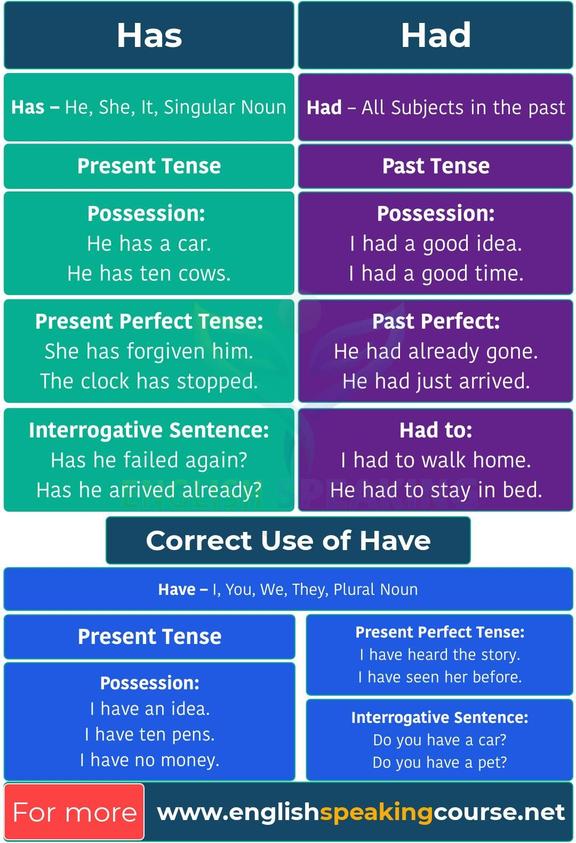
- The Khmer Rouge’s goal was rapid agro-industrial modernization, not eternal agrarianism.
- Rice-centric agriculture was a foundation for capital accumulation funding industry and defense.
- The Four Year Plan prioritized infrastructure, technology, and military strengthening.
- China provided critical military aid to enhance defense capabilities.
- International relations aimed to counter Vietnam and secure regional support against foreign threats.
Had Pol Pot Actually Succeeded in Turning Cambodia into a Classless Agrarian Society? And How Did He Plan to Defend It?
Pol Pot’s vision was not just about dragging Cambodia back to some agrarian “Year Zero” fantasy or forcing everyone into endless rice paddies. Instead, he dreamed of a radical leap—modernizing and industrializing through agriculture to build a self-sufficient, classless society capable of defending itself from foreign threats.

Sounds paradoxical? Let’s unwrap the reality beyond the clichés and propaganda.
The Myth of Year Zero: A False History
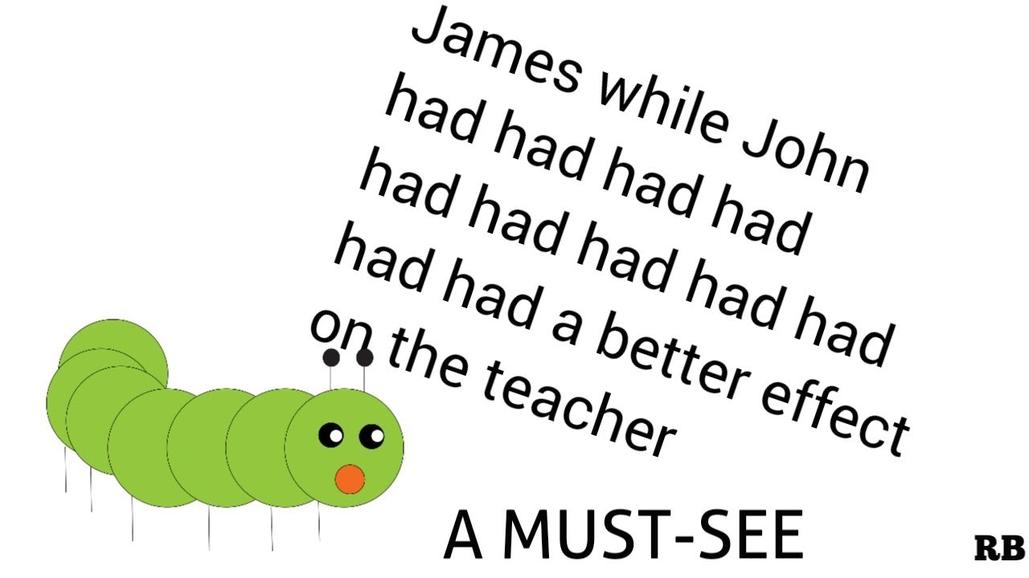
The phrase “Year Zero” is often thrown around like confetti at a bad party to suggest Pol Pot wanted Cambodia to slam on the brakes of progress. The Khmer Rouge did evacuate cities, abolish money, and collectivize agriculture, which looks like a step back in time.
But here’s the kicker: no Khmer Rouge official, Pol Pot included, ever used the term “Year Zero.” (Busted!) This isn’t just semantics. It means the evacuation and collectivization weren’t ends themselves.
Instead, these moves were destructive but purposeful strategies toward something radical and modern. The goal was not a Bronze Age utopia but to reclaim autonomy from foreign influence—especially capitalist and socialist countries alike—and build a new Cambodia “superior” in communist strength.
A “Super Great Leap Forward” in the Jungle
The Khmer Rouge nicknamed their grand plan moha lot phlah moha hah rumlong, which translates as a “super great leap forward.” Doesn’t sound like a backward step, right?
Steve Heder’s summary is spot on: They imagined turning Cambodia into an industrialized, agriculturally self-reliant powerhouse surpassing other nations in communist prosperity. The vision wasn’t just survival; it was domination and independence, impervious to external military threats.
But how do you leap forward from a mostly agrarian economy with little industry? By focusing on Cambodia’s bread and butter—literally.
Rice: Cambodia’s Golden Ticket to Industrialization and Defense
Before the revolution, Cambodia was a top rice exporter. The Khmer Rouge wisely saw this as their economic backbone and focused every citizen into an agricultural machine.
- Collectivized agriculture wasn’t just ideology; it was a deliberate plan to maximize rice production.
- The rice would feed the population and generate capital through exports.
- This capital was earmarked to build light and heavy industries.
The 1976 party document The Four Year Plan to Build Socialism in All Fields spells it out clearly: “To seek, gather, save, and increase capital from agriculture” aiming at rapid food production, and funneling earnings towards “light industry” and later “heavy industry,” crucial for defense needs.
Turning the entire population into “economic units” was both practical and ideological—to shape hard-working, disciplined revolutionaries.
Planning Modernization, Not Regression
The Four Year Plan was more than just planting rice and spinning yarn. It emphasized infrastructure development—roads, railways, and telecommunications—along with building civil aviation and tourism infrastructure.
So, yes, they wanted hotels and airports alongside rice paddies. And equally important, they planned on cultivating a new cadre of technicians and engineers to operate technological advancements.
Capital accumulation was also explicitly linked to national defense. The party understood that modern defense required modern industry, which required capital—derived from agricultural success.
Defense: Preparing for a Paranoid, Aggressive Future
Pol Pot’s regime was always at least one step away from war paranoia. They positioned Cambodia as ready to defend itself with whatever means possible.
China was their primary ally, and they sought as much military aid and modern weaponry from Beijing as they could get. Footage from military parades reveals an army that aimed to project strength and modernity.
Internationally, the Khmer Rouge attempted to leverage relations with ASEAN countries to counterbalance Vietnam, their rival communist neighbor.
Their military strategy banked on a combination of aggressive readiness, external military support, and the hope that their industrialization programs would eventually yield sufficient self-reliant defense capability.
So, Did Pol Pot Succeed?
Short answer: No.
The human cost of forced collectivization, purges, famine, and genocide was catastrophic. The “super great leap forward” collapsed into social breakdown.
The agricultural system was inefficient, industrial planning was unrealistic, and foreign relations deteriorated especially after conflict with Vietnam.
By 1979, Vietnamese forces invaded, toppling the Khmer Rouge. Cambodia never became the modern, self-sufficient, classless society Pol Pot dreamed of.
What Can We Learn From This Dead-End Experiment?
Pol Pot’s strategy was visionary but deeply flawed — focusing on agriculture as an economic and ideological base, aiming for modernization through a “super great leap forward,” and planning to defend the country with a mix of Chinese aid and nascent industrial strength.
His attempt to force an agrarian utopia betrayed the complexity of defense, modernization, and human society. Army tech is not built on ideology alone. Industrialization can’t be willed into existence without infrastructure, expertise, and stability.
And most importantly, you can’t build a society on terror and starvation without tearing it apart.
Final Thoughts
Pol Pot’s Cambodia wasn’t a simple regression to the past. It was a violent, warped attempt to build a future that combined agrarian collectivism with industrial and military power. Rice was its engine, and defense its ambition.
Yet, this grand plan was fatally undermined by brutality and impracticality.
So next time you hear “Year Zero” tossed around, remember: Cambodia’s tragedy is not a tale of ancient peasants but the failure of a radical vision to merge agriculture, industry, and defense while respecting human life.
What does this say about the challenges of forced modernization in a hostile geopolitical environment? How do authoritarian regimes justify catastrophic social engineering?
The answers lie in history’s lessons—and Cambodia’s painful story remains a stark warning.
